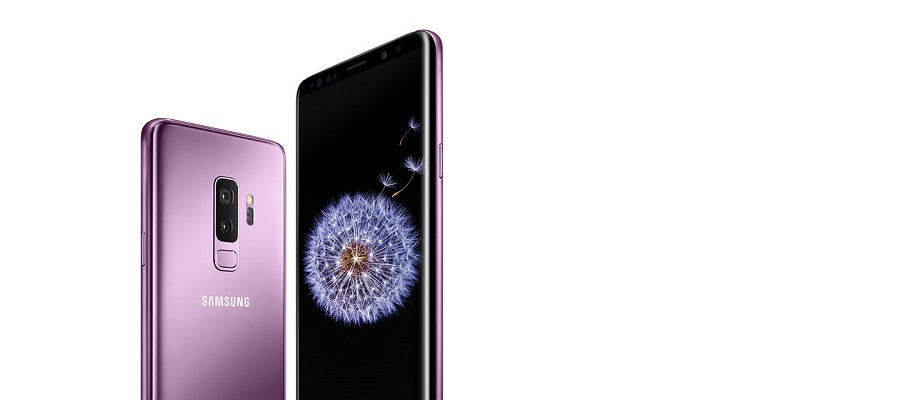Global sales of Samsung smartphones in the first quarter of 2018 declined compared to the 2017 figure of the same period, according to a report released Tuesday by Gartner Inc., a research and advisory company.
The report attributed the decline in Samsung’s market share to the competition its mid-tier smartphones are continuously facing from Chinese brands like Huawei and Xiaomi.
According to the report, Huawei achieved 18.3 percent growth, while Xiamo scored the highest growth at 124%.
Officials say the refreshed portfolios of the two companies and aggressive price targeting helped them gain this admirable growth, with Hauwei at number 3 in terms of sales after Samsung and Apple, and then Xiaomi at position 4.
Commenting on Huawei’s growth, Anshul Gupta, research director at Gartner, said that despite its market expansion, Huawei’s “future growth increasingly depends on the vendor ramping up share in Emerging Asia/Pacific and resolving issues in the U.S. market, through the development of a stronger consumer brand.”
Huawei’s attempt to grow its premium smartphone portfolio with its recent launches of the P20, P20 Pro and Honor 10 helps raise its competitiveness and growth potential, he added.
Despite launching its flagship Galaxy S9/S9+ this year and garnering positive sales from the Note 8 in the first quarter of 2018, Samsung was not able to collect serious sales compared to the roll-out of S8/S8+ in 2017.
Officials say this could be due to reduced demand for high-end smartphones as a result of marginal incremental benefits during upgrade.
There is also an observation the market for mobile phones in the populous china is increasingly get weaker due to having many local companies manufacturing phones. (And China is a big advocate of local content promotion.)
The other largest smartphone markets are Subsaharan Africa and Asian countries (like Indonesia, Banglasesh and Pakistan) which mostly opt for entry-level smartphones ($100) and low mid-tier smartphones ($150).
The report asserts that Samsung’s smartphone growth rate will remain under pressure through 2018, with Chinese brand’s growing dominance and expansion into Europe and Latin America markets.
Samsung is challenged to raise the average selling price (ASP) of its smartphones, while facing increasing competition from Chinese brands that are taking more market share, according to the report.
Unlike Samsung, Apple was also able to achieve some growth in sales of 4 percent year on year. The figures are however lower compared to the Chinese companies.
“Even though demand for Apple’s iPhone X exceeded that of iPhone 8 and iPhone 8 Plus, the vendor struggled to drive significant smartphone replacements, which led to slower-than-expected growth in the first quarter of 2018,” said Mr. Gupta.
Gupta argues that since Apple focuses exclusively on premium smartphones, it needs to significantly raise the overall experience of its next-generation iPhones to trigger replacements and lead to solid growth in the near future.
Global sales
According to Gartner, there was 1.3 percent increase in sales of smartphones to end users in the first quarter of 2018 compared to the same period in 2017.
Nearly 384 million smartphones were sold in the first quarter of 2018, representing 84 percent of total mobile phones sold.
In the smartphone operating system (OS) market, Google’s Android and Apple’s iOS achieved growth in units in the first quarter of 2018, but Android saw its share slightly contract.
Table 1
Worldwide Smartphone Sales to End Users by Vendor in 1Q18 (Thousands of Units)
|
Vendor |
1Q18 Units |
1Q18 Market Share (%) |
1Q17 Units |
1Q17 Market Share (%) |
|
Samsung |
78,564.8 |
20.5 |
78,776.2 |
20.8 |
|
Apple |
54,058.9 |
14.1 |
51,992.5 |
13.7 |
|
Huawei |
40,426.7 |
10.5 |
34,181.2 |
9.0 |
|
Xiaomi |
28,498.2 |
7.4 |
12,707.3 |
3.4 |
|
OPPO |
28,173.1 |
7.3 |
30,922.3 |
8.2 |
|
Others |
153,782.1 |
40.1 |
169,921.1 |
44.9 |
|
Total |
383,503.9 |
100.0 |
378,500.6 |
100.0 |
Source: Gartner (May 2018)
Table 2
Worldwide Smartphone Sales to End Users by Operating System in 1Q18 (Thousands of Units)
|
Operating System |
1Q18 Units |
1Q18 Market Share (%) |
1Q17 Units |
1Q17 Market Share (%) |
|
Android |
329,313.9 |
85.9 |
325,900.9 |
86.1 |
|
iOS |
54,058.9 |
14.1 |
51,992.5 |
13.7 |
|
Other OS |
131.1 |
0.0 |
607.3 |
0.2 |
|
Total |
383,503.9 |
100.0 |
378,500.6 |
100.0 |
Source: Gartner (May 2018)

